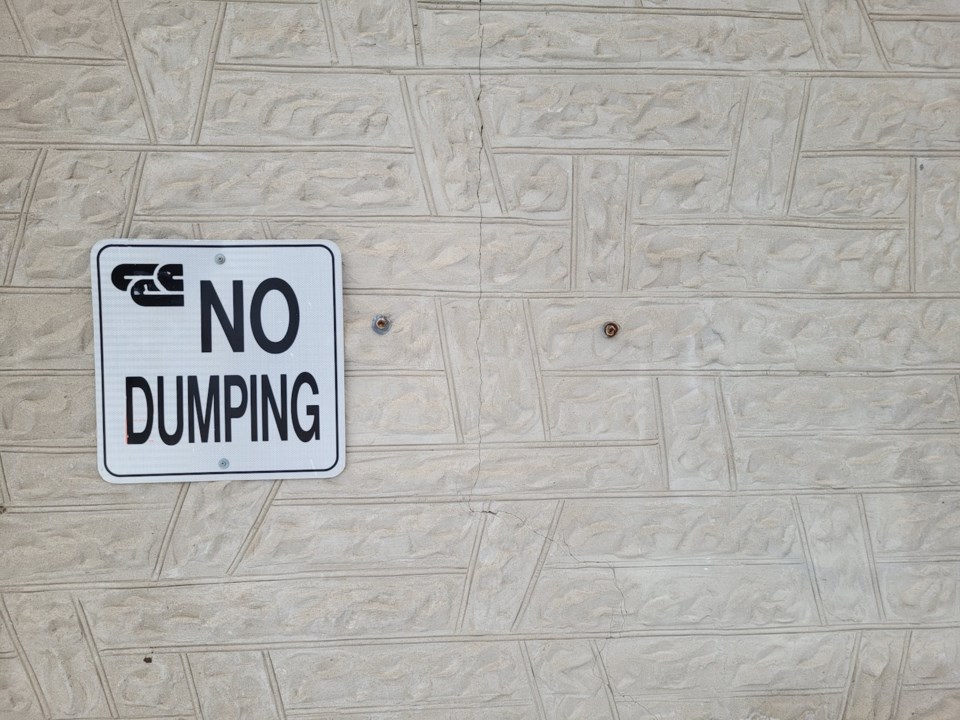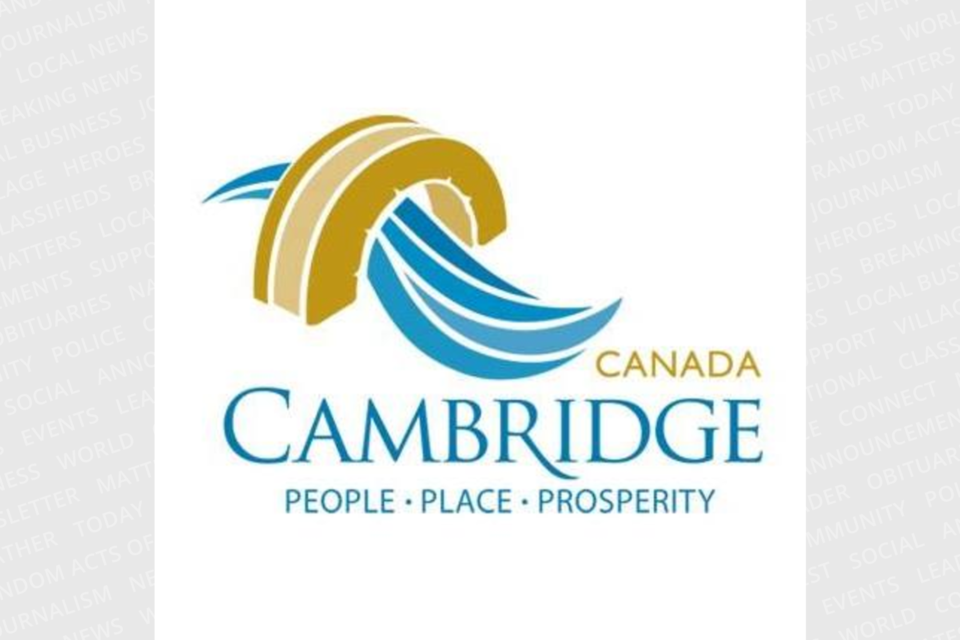As the City of Cambridge was preparing plans to celebrate its 50th anniversary in 2023, one of the top priorities was to create a logo that captured the essence of the community and the people who call it home.
It finally landed, with input from members of the community, on a logo created by two Conestoga College graphic design students.
The city went through a similar process back in 2011 when it rebranded and moved away from the previous triple-C logo that was used for 30 years.
What came of it was the current look featuring water flowing under a bridge that highlights the city’s connection to the Grand River and the tagline “People.Place.Prosperity” that speaks to the areas growth and development.
But if residents look carefully, the old logo can still be seen around the city.
Despite being 12 years removed from the process, marketing professor at the University of Guelph, Rob McLean, says it's not yet concerning to the overall branding that the old logo lingers.
“It’s important to update it quickly,” McLean said.
“For a city, 20 years to do a rebranding is normal when the logo is everywhere. It’s important to go all in. When it comes to brand identity, everyone needs to get behind it and eliminate what it used to be.”

McLean emphasized the importance of getting branding right and avoiding the mistake of having to rebrand frequently as it can create conflicting identities.
It’s a difficult process that takes time, just like replacing all the old logos that were woven into the community over the previous three decades. Both the cost of rebranding and the replacement of the old identifiers needs to be considered.
“Capturing the brand identity for the city is hard because every citizen has an idea for Preston, Galt and Hespeler,” he said.
“It also has an impact on how outsiders perceive the city. It's hard to do it but it needs to be done right. My recommendation would be to not rebrand unless you have to. If you do the process right you should ideally find a logo that would last forever but that’s hard to do and things can change.”
Manager of parks and recreation operations with the city Chris Ziemski said the city has been replacing signage at a rate of between three and five a year and prioritizes signs that are in the worst condition. He said through COVID the city lost some momentum in the process but managed to replace five last year.
"With our new signs being of a different composition and design, they come in at three times the cost of our old signs," Ziemski told CambridgeToday. "Because of this it will take some additional time to complete them all, so as to not impact existing budgets unnecessarily."
Consistency was a key factor when city staff worked with eSolutionsGroup on the current design back in 2011.
A report produced by the company stated “the more consistently the City of Cambridge portrays its brand, the more its citizens will trust the kind of experience they can expect from interacting with the corporation.”
The risk of not being consistent can be significant, including appearing fragmented and unreliable, the report said.
McLean points to a brand like Coca-Cola, who has maintained a similar look since the corporation was created over 100 years ago, as a gold standard in branding.
When analyzing the current logo McLean, who has done extensive work centred around brand identity, thinks the city did an admirable job representing the various aspects of the communities that make up Cambridge.

“I like the logo now, it’s nice,” he said.
“No one would be surprised to see the river. There’s history in there and there’s motion in it. You have to think about where the community wants to go. Sometimes a logo is about where you're at now but people want to set the vision for the future. Cambridge is changing and evolving and they want to capture that excitement.”
